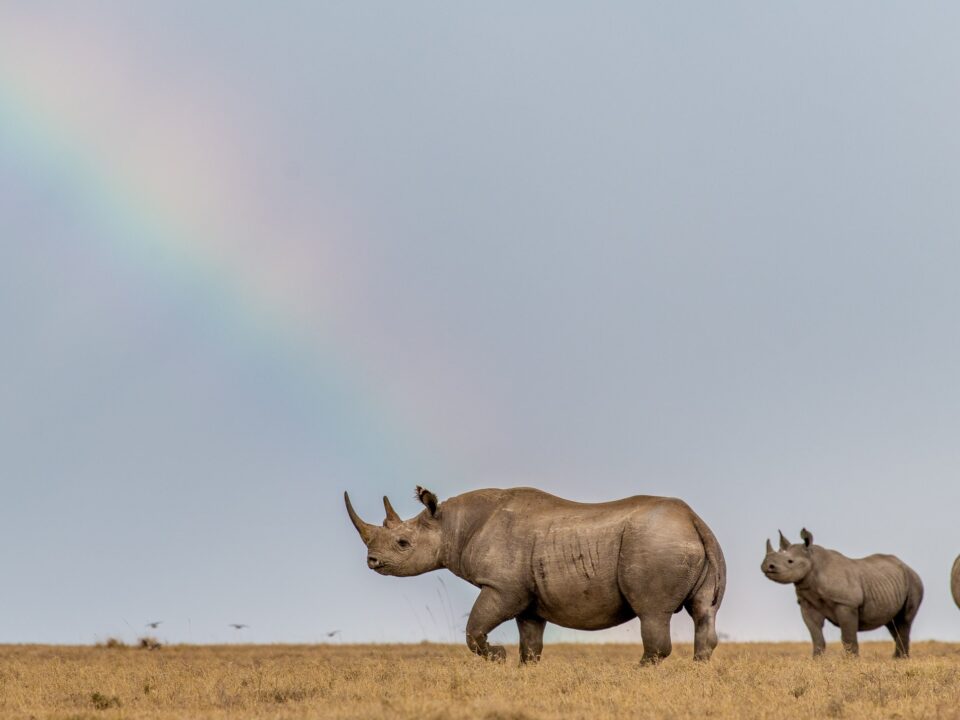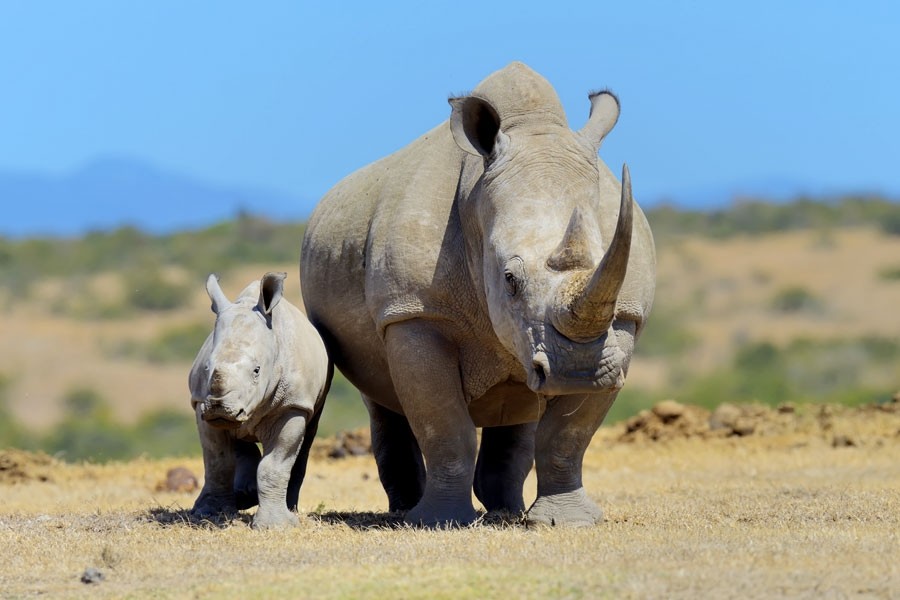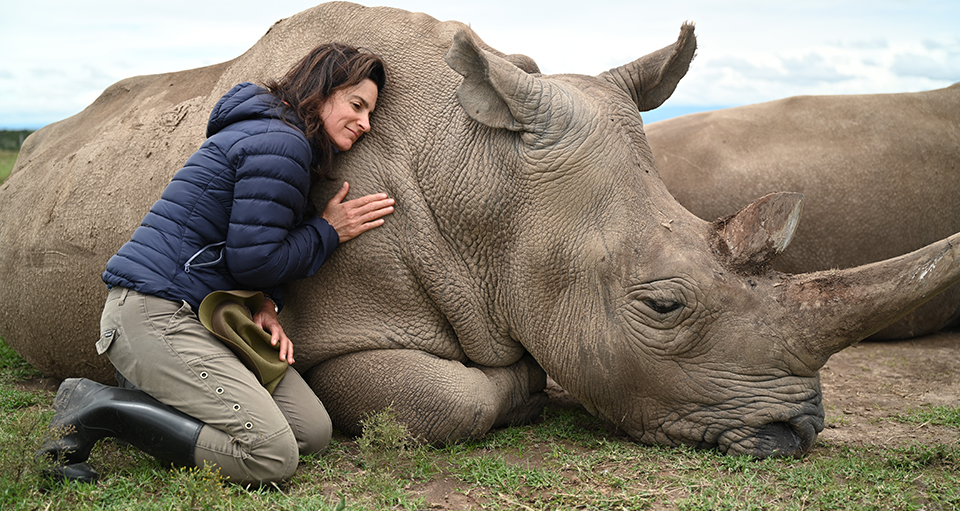- GET IN TOUCH WITH US:
- +256 753518160
- +256 777842166
- info@experiyatourcompany.com

Can I visit Samburu tribes in Northern Kenya?
November 19, 2025
Is it polite to tip in Kenya?
November 19, 2025What Are Kenya’s National Symbols?
Kenya is a country rich in cultural heritage, natural beauty, and diverse communities, and its national symbols reflect the unity, pride, and values that bind the nation together. These symbols are more than decorative emblems; they are deeply meaningful representations of Kenya’s history, independence, aspirations, and identity. From the iconic flag seen flying across local institutions to the lion on the national coat of arms, each symbol tells a story about Kenya’s journey as a nation and the spirit of its people.
When travelers ask, What are Kenya’s national symbols? they often uncover layers of cultural and historical significance that help them appreciate the country beyond its breathtaking landscapes and wildlife. Kenya’s national symbols celebrate unity in diversity, resilience, independence, natural heritage, and cultural dignity. Understanding these symbols enriches any travel experience, offering deeper insight into what makes Kenya such a fascinating and proud nation.
The Kenyan Flag
Kenya’s national flag is one of the most recognizable symbols in Africa. Adopted on December 12, 1963—the day Kenya gained independence from British colonial rule—the flag is a powerful emblem of struggle, unity, and triumph.
The flag consists of three horizontal stripes: black, red, and green, separated by thin white fimbriations. In the center is a Maasai shield crossed with two spears.
Each element carries profound meaning:
The black represents the people of Kenya.
The red symbolizes the blood shed during the fight for independence.
The green signifies the country’s rich agricultural land and natural wealth.
The white lines stand for peace and unity.
The Maasai shield and spears represent defense, freedom, and the country’s readiness to protect its sovereignty.
The Kenyan flag is flown with pride across the nation, appearing at schools, government institutions, sports events, and international stages where Kenya is represented.
The Coat of Arms
Kenya’s coat of arms is another powerful national symbol, expressing unity, identity, and shared heritage. It consists of two lions holding a traditional East African shield, which features the colors of the national flag. The shield rests on a representation of Kenya’s agricultural tools, resources, and landscapes.
Key elements include:
The lions symbolize protection, bravery, and strength.
The shield mirrors Kenya’s resolve to defend its independence.
The crossed spears emphasize vigilance.
The rooster holding an axe reflects Kenya’s dawn of independence, symbolizing hard work and the awakening of a new nation.
The shield is supported by images of fertile land, coffee, sisal, and maize, representing Kenya’s agricultural foundations.
The national motto—“Harambee,” meaning “pulling together”—appears at the base. This motto embodies Kenya’s spirit of collective effort, unity, and community-driven development.
The National Anthem
Kenya’s national anthem, “Ee Mungu Nguvu Yetu” (O God of All Creation), is one of the most melodic and meaningful anthems in Africa. Composed shortly before independence by a group of Kenyan musicians, it was adapted from a Pokomo lullaby and written to reflect Kenya’s aspirations.
The anthem is a prayer for peace, unity, freedom, justice, and national prosperity.
Its lyrics express gratitude to God, emphasize brotherhood among all tribes, and call for national responsibility.
The anthem is sung at official ceremonies, schools, national holidays, and sporting events. Its peaceful tone and poetic Swahili verses make it a unifying national expression.
The National Motto
“Harambee” is more than a motto—it is a philosophy of life in Kenya. Translating to “let us pull together,” it reflects the spirit of collective effort and mutual support that has shaped Kenya’s development since independence.
Whether communities come together to build schools, support projects, or pool resources to help families in need, the Harambee spirit is visible in everyday Kenyan life.
The motto is displayed prominently on the coat of arms and remains one of the country’s most influential ideals.
The National Animal
The lion is Kenya’s national animal, symbolizing strength, courage, and majesty. Kenya is home to some of the world’s most important lion populations, especially in the Maasai Mara, Tsavo, Amboseli, and Samburu ecosystems.
As the king of the savannah, the lion represents the natural beauty and wildlife heritage that Kenya is globally recognized for.
The lion also appears prominently on the national coat of arms, reinforcing its symbolic importance.
The National Bird
Known for its brilliant plumage in shades of blue, green, and violet, the lilac-breasted roller is considered one of Kenya’s most beautiful bird species.
It is admired for its stunning appearance, acrobatic flight, and widespread presence across Kenya’s national parks.
The bird symbolizes Kenya’s rich biodiversity and the vibrant colors of the nation’s landscapes.
The National Tree
The East African Greenheart tree, known locally as muhugu, holds cultural and ecological importance.
Its strong wood is used in traditional building, carving, and furniture making, while also symbolizing endurance and resilience.
This tree highlights Kenya’s respect for natural resources and its efforts to protect indigenous species.
The National Flower
Kenya’s national flower is the orchid—a symbol of beauty, elegance, and natural wonder.
Kenya is renowned for its flourishing flower industry, exporting millions of high-quality blooms globally. Orchids represent the country’s botanical richness and its growing horticultural economy.
National Monuments and Landmarks as Symbols
Several physical landmarks are also recognized informally as national symbols because of their cultural, historical, or political significance.
Uhuru Park Monument
Located in Nairobi, this monument commemorates Kenya’s independence and is a gathering place for national celebrations.
Kenyatta International Convention Centre (KICC)
A symbol of Kenya’s modern identity, the KICC is one of the most iconic buildings in Nairobi, often used as a backdrop for international events.
Mount Kenya
As the country’s highest peak and a UNESCO World Heritage Site, Mount Kenya symbolizes endurance, pride, and natural beauty.
The Africa Heritage House and Cultural Sites
Traditional architecture, sacred forests, and community heritage sites across the country represent the diverse cultures that form Kenya’s national identity.
The National Currency
The Kenyan shilling also serves as a symbolic canvas for national identity.
Newer banknotes feature wildlife images including lions, elephants, buffaloes, rhinos, and leopards—representing Kenya’s Big Five and commitment to conservation.
Coins depict important national landmarks and emphasize unity.
National Days as Symbols of Identity
Kenya celebrates several national holidays that reinforce patriotism and unity:
Jamhuri Day (Independence Day) – December 12
Marks Kenya’s transition to a republic in 1964.
Madaraka Day – June 1
Celebrates the day Kenya achieved internal self-governance in 1963.
Mashujaa Day – October 20
Honors the heroes (Mashujaa) who contributed to Kenya’s freedom and development.
These days are celebrated with parades, cultural performances, and national ceremonies that strengthen Kenya’s collective identity.
Why National Symbols Matter in Kenya
Kenya’s national symbols serve multiple purposes:
They preserve history and independence.
They strengthen unity among diverse communities.
They celebrate cultural and natural heritage.
They communicate national values such as peace, resilience, and community effort.
For travelers, these symbols offer a deeper understanding of the nation’s character and the pride Kenyans feel for their country.
What Are Kenya’s National Symbols?
Kenya’s national symbols tell a story of unity, resilience, identity, and heritage. From the bold colors of the flag to the strength of the lion and the grace of the lilac-breasted roller, each symbol reflects the beauty, history, and cultural strength of the Kenyan nation. Understanding these symbols allows travelers to connect more deeply with Kenya—not just as a safari destination but as a nation with a rich heart, history, and identity.
To explore Kenya’s culture, landscapes, wildlife, and national heritage with expert guidance and seamless travel planning, consider booking your adventure with Experiya Tour Company. Their knowledgeable team ensures enriching experiences, meaningful cultural encounters, and unforgettable journeys across Kenya.




